I’ve always been drawn to realism, particularly in portrait sketches. There’s something incredibly rewarding about capturing the depth and detail of a subject, whether it’s the intricate contours of a face or the way light falls on a surface. The process of studying proportions, textures, and subtle variations in tone has shaped the way I approach design in general. To me, realism isn’t just about making something look “accurate”—it’s about the skill, patience, and understanding required to bring something to life with precision and depth. That dedication to craft is something I deeply respect, and it’s why I’ve never felt particularly drawn to postmodern aesthetics, where skill and technique often take a backseat to conceptual expression. While I understand its value, I personally find more meaning in work that reflects years of refinement and technical mastery.
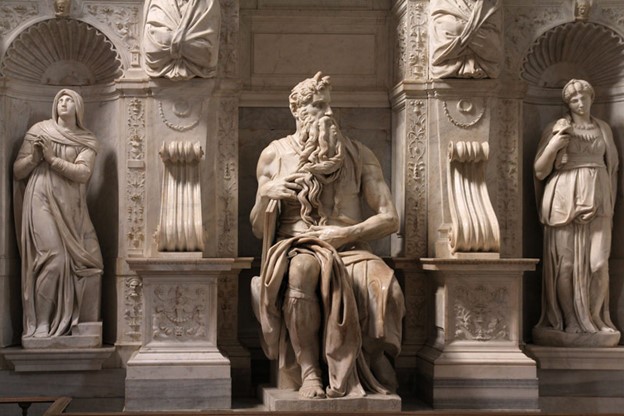
At the same time, I don’t want to be confined to just one style. My background in engineering and product design has influenced the way I see form—not just as a visual element but as something that interacts with space, movement, and functionality. I want my work to be more than just something to look at; I want it to be engaging, dynamic, and interactive.
 (2)
(2) 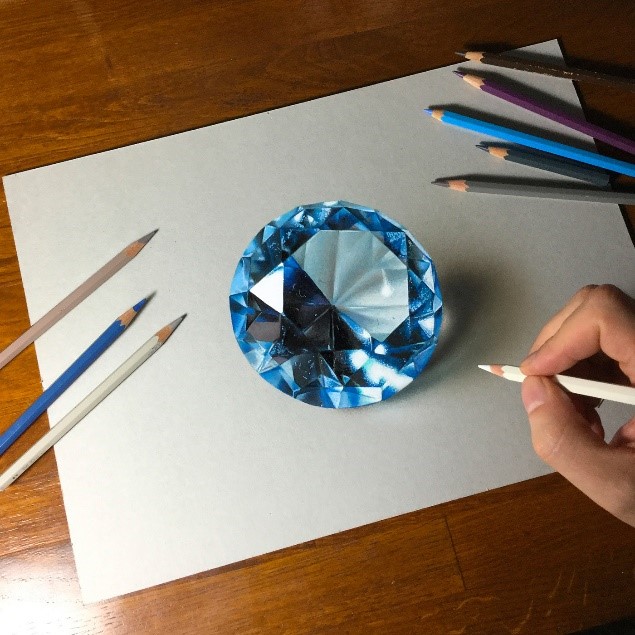 (3)
(3)
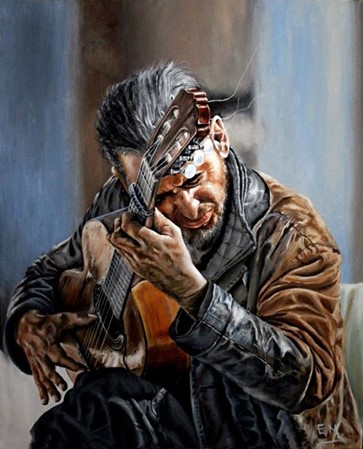 (4)
(4) 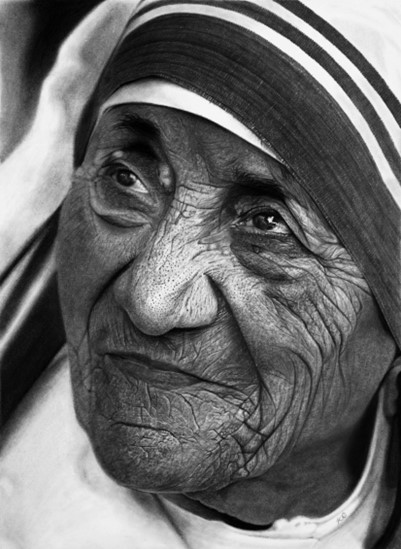 (5)
(5)
For my project, I want to step beyond traditional realism and experiment with perception and motion. I’m considering creating a kinetic sculpture that presents different images depending on the viewer’s perspective. From one angle, it could resemble a specific form, and as it rotates, that form gradually shifts into something completely different. The idea is to play with visual transformation—allowing a single object to tell multiple stories depending on how it is viewed. This concept fascinates me because it challenges the idea of a “fixed” image. In realism, once a portrait is complete, it exists as it is. But with this project, the perception of the artwork continuously changes. The movement aspect also adds another layer of engagement—it’s not just an artwork you passively observe; you have to interact with it, wait for it to shift, and engage with the transformation.
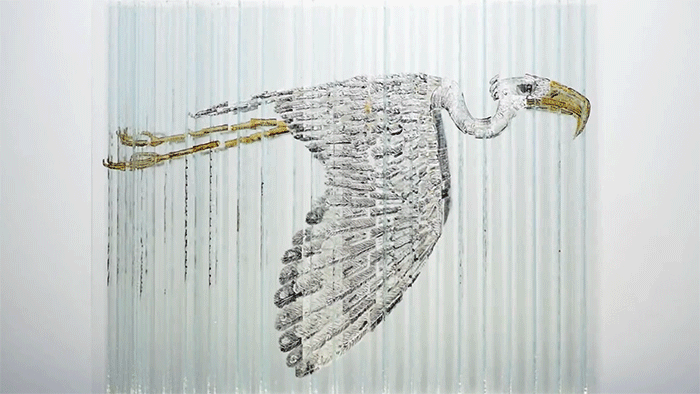 (6)
(6)
This is a completely new direction for me. Unlike my usual work, which is rooted in stillness and precision, this project introduces elements of motion, illusion, and shifting perspectives. It’s an opportunity to apply my understanding of form and structure in a way that feels more dynamic and immersive. While it doesn’t strictly follow my usual aesthetic of realism, I see it as an extension of the same principles—just applied in a different way. Right now, I’m exploring different ways to achieve this effect—whether through layered cutouts, rotating panels, or a sculptural form that gradually shifts as it moves. I want to make sure that the transition between the two images feels smooth and deliberate, rather than abrupt or disjointed. I’m also considering what kind of imagery would work best—should the two perspectives be thematically related, or should they be complete opposites for a more striking effect? These are the kinds of decisions I’m currently working through. I’m excited about where it could lead. I think the challenge will be in balancing technical precision with an element of surprise, making sure that the transition between the images is seamless while still maintaining a strong visual impact from every angle.
References:
(0)https://blog.artsper.com/en/a-closer-look/michelangelos-top-three-sculptures/
(1)https://www.pinterest.com/pin/54176903014846755/
(2)https://www.pinterest.com/pin/31743347371993881/
(3)https://theinspirationgrid.com/photorealistic-drawings-by-marcello-barengh/
(4)https://www.reddit.com/r/drawing/comments/liz8fj/i_tried_to_draw_a_hyperrealistic_portrait/
(5)https://kelvinokaforart.com/gallery/mother-teres/
(6)https://www.thisiscolossal.com/2014/10/anamorphic-glass-sculpture-thomas-medicus/
(7)https://chatgpt.com/
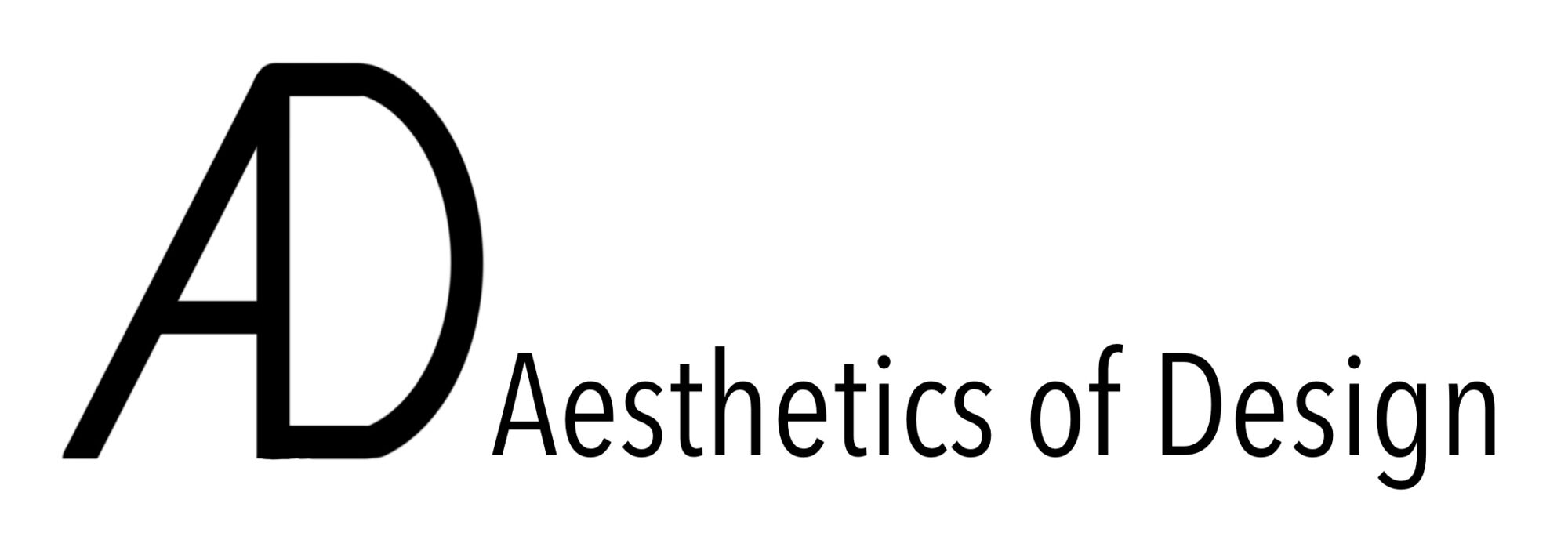
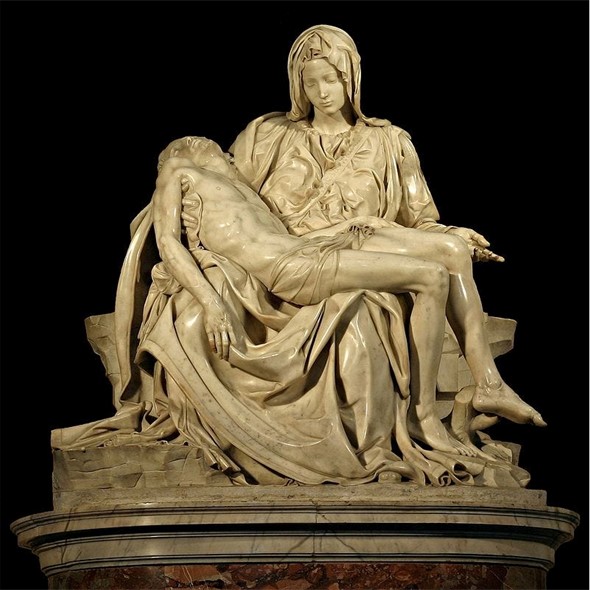
2 Comments. Leave new
I really like how you chose a project that is outside of your experience working with realism, and I think your overall design plan is really interesting. I really like how the observer is the dynamic element here, and while the sculpture is physically static, it transforms based on what angle you’re viewing from. Do you have any ideas of what types of images you want to work with?
Your shift from traditional realism to kinetic sculpture is really cool! The idea of playing with perception and motion adds a dynamic layer to your work while still showcasing your attention to detail. Do you have a specific method in mind for achieving the smooth transition between images?